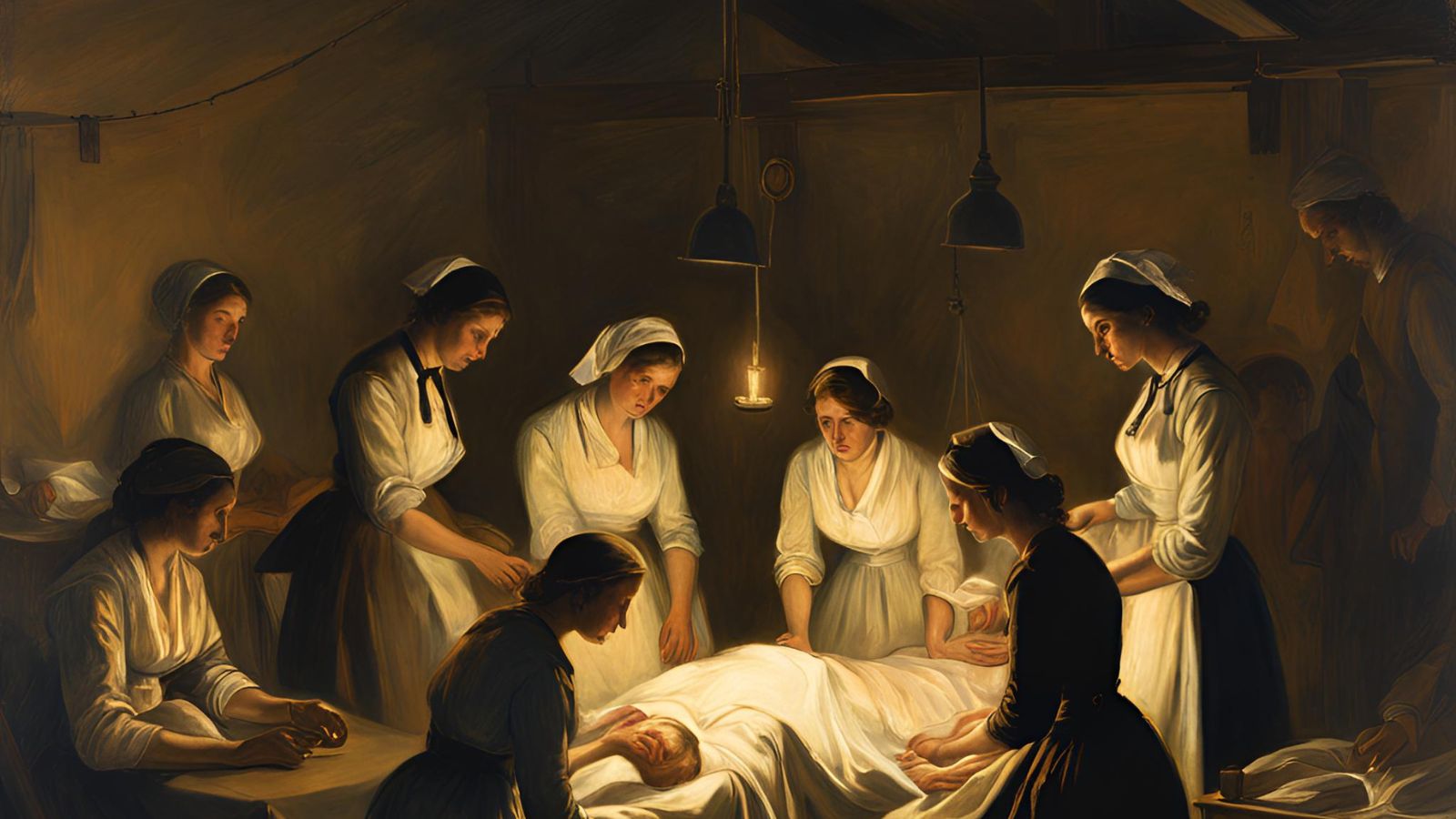The history of nurses in the United States military is one of dedication, resilience, and evolving roles over the centuries.
Early Years (1775–1860s)
Nursing in the U.S. military can trace its origins back to the Revolutionary War, when women often volunteered to care for wounded soldiers, though there was no formalized nursing corps. In the War of 1812, some women worked as nurses, however it was not until the Civil War that nursing became an organized, integral part of the military. The U.S. government officially recruited women to serve as nurses, and prominent figures like Clara Barton emerged, later founding the American Red Cross.
The Spanish-American War (1898)
The Spanish-American War marked the first time the U.S. Army created a formal nursing corps. Annie Goodrich and others played vital roles in organizing nursing services during this conflict. While many nurses served through volunteer organizations like the Red Cross, the war highlighted the need for an official, trained nursing corps.
World War I (1917–1918)
During World War I, the U.S. Army Nurse Corps and the Navy Nurse Corps played critical roles in treating soldiers. The need for trained nurses increased exponentially, and over 20,000 women served in military hospitals both in the U.S. and overseas. Nurses faced hazardous conditions, including exposure to diseases like the Spanish flu.
World War II (1941–1945)
World War II saw a dramatic expansion in the role of military nurses. The Army Nurse Corps and Navy Nurse Corps grew significantly, with more than 59,000 nurses serving. Women in uniform faced greater challenges as they worked on the frontlines, in field hospitals, and in combat zones. The war also led to the formation of the Women’s Army Auxiliary Corps (WAAC) in 1942, which later became fully integrated into the military.
Post-War & Cold War Era (1950–1980s)
After WWII, the military nursing corps continued to grow, with nurses serving in various conflicts, including the Korean War and the Vietnam War. During the Vietnam War, military nurses became a key piece in the conflict, often working in high-pressure environments. The Vietnam War saw the introduction of more advanced medical technologies, and nurses played a vital role in treating trauma patients.
Modern Era (1990s–Present)
In the late 20th and early 21st centuries, the role of military nurses continued to evolve with advances in medicine and technology. Nurses in the Gulf War, the War on Terror, and other global conflicts have worked in combat zones, forward-deployed settings, and military hospitals around the world.
Today, military nurses serve in all branches of the armed forces, providing critical care in military hospitals, combat zones, and disaster relief operations. Their contributions have been essential in modernizing military medicine and ensuring the health and readiness of military personnel.
Throughout their history, military nurses have not only cared for the wounded but have also helped shape the profession of nursing itself, pioneering advancements in medical practice, patient care, and leadership in the military health system.
Read More:
- Military to MSN and Back: A Select Few
- Student Veterans Advancing Their Nursing Education
- Q & A With Forensic Nurse, Michelle Patch

